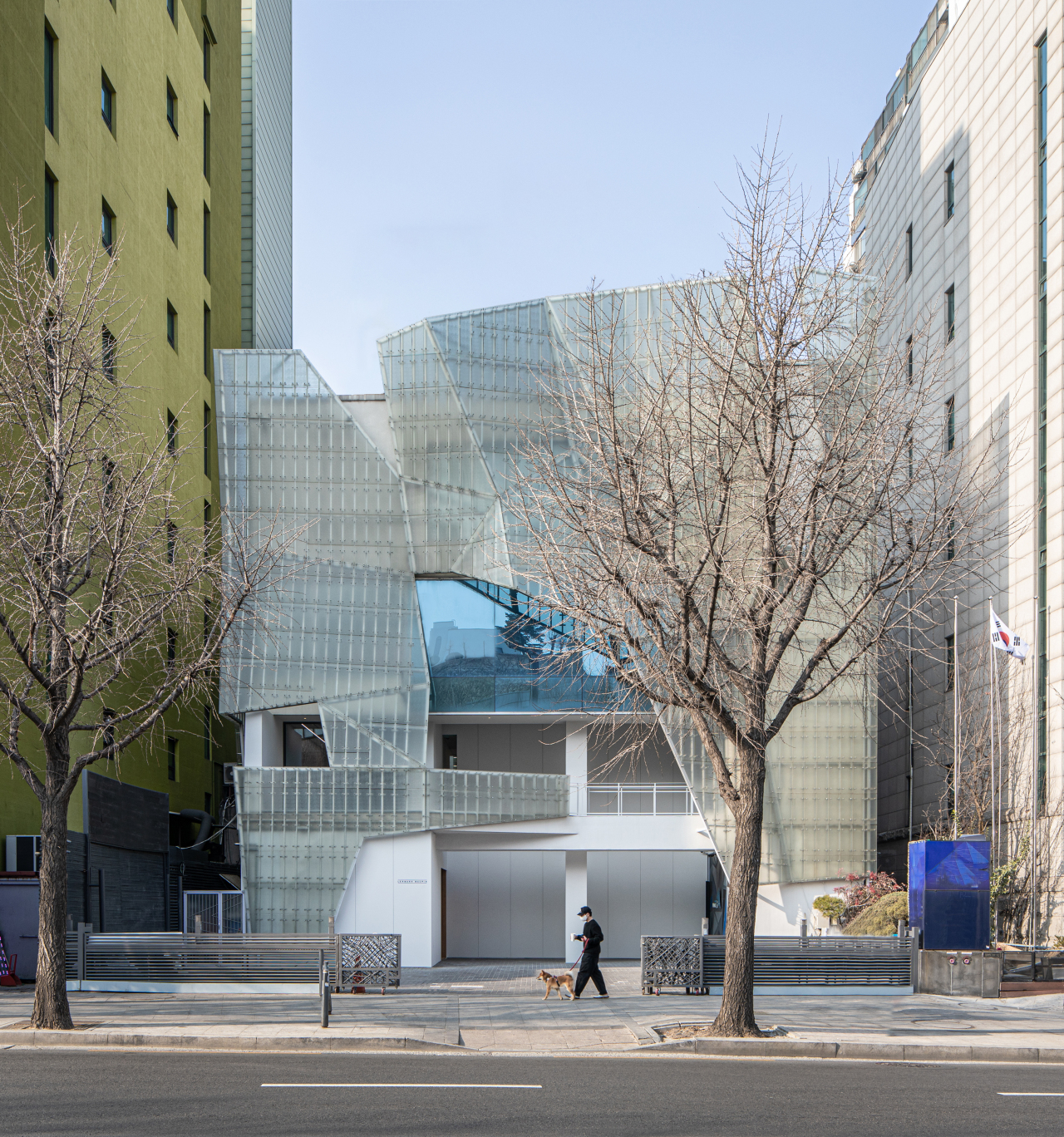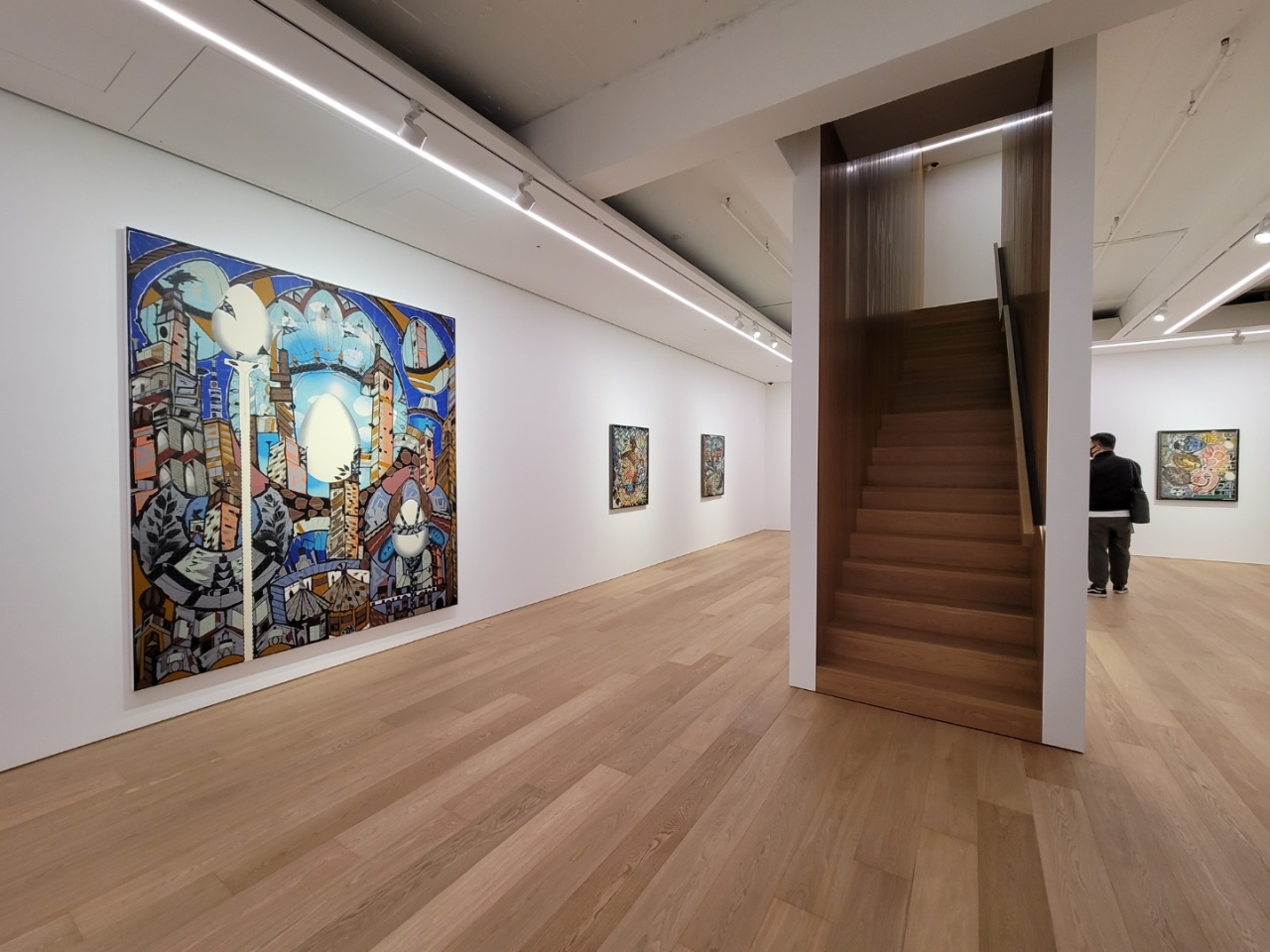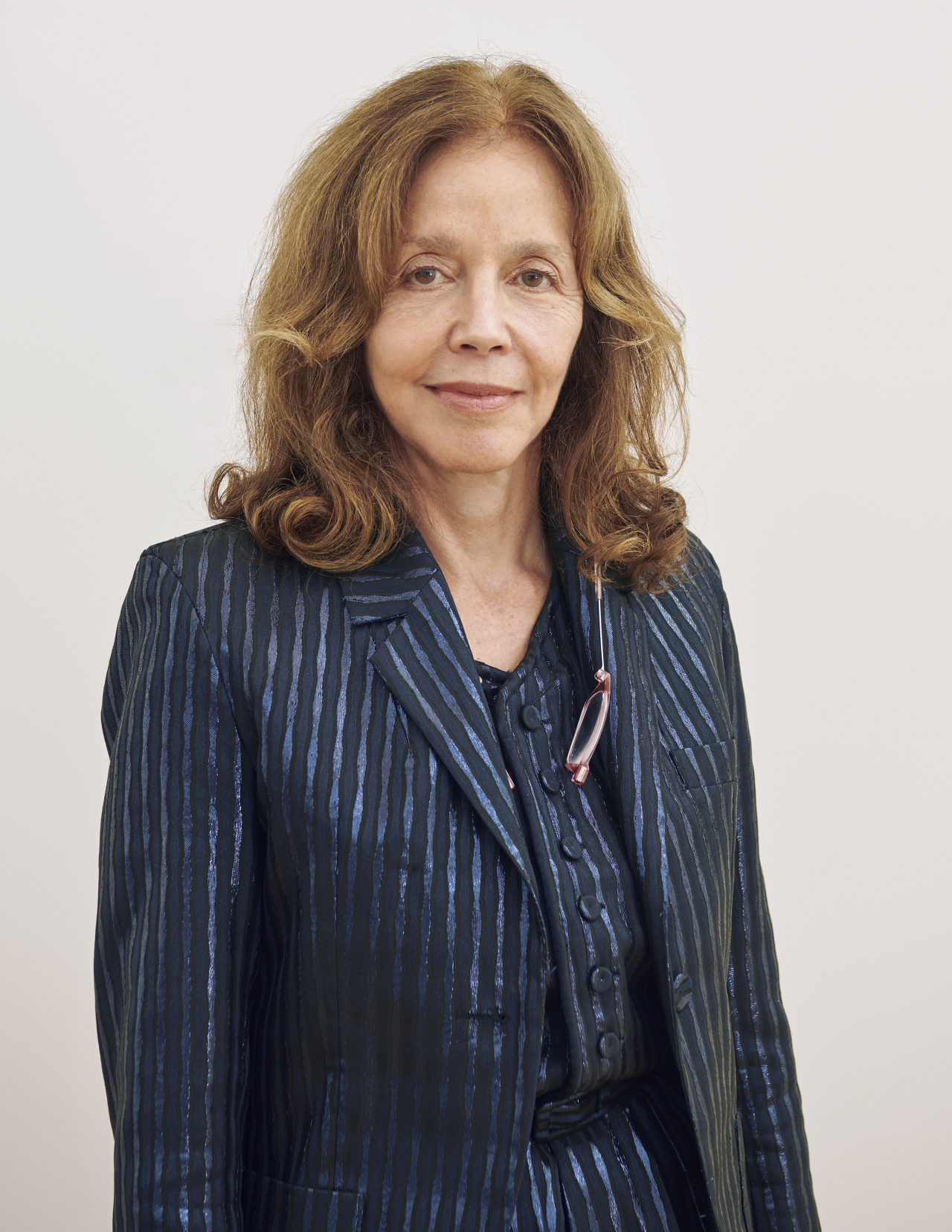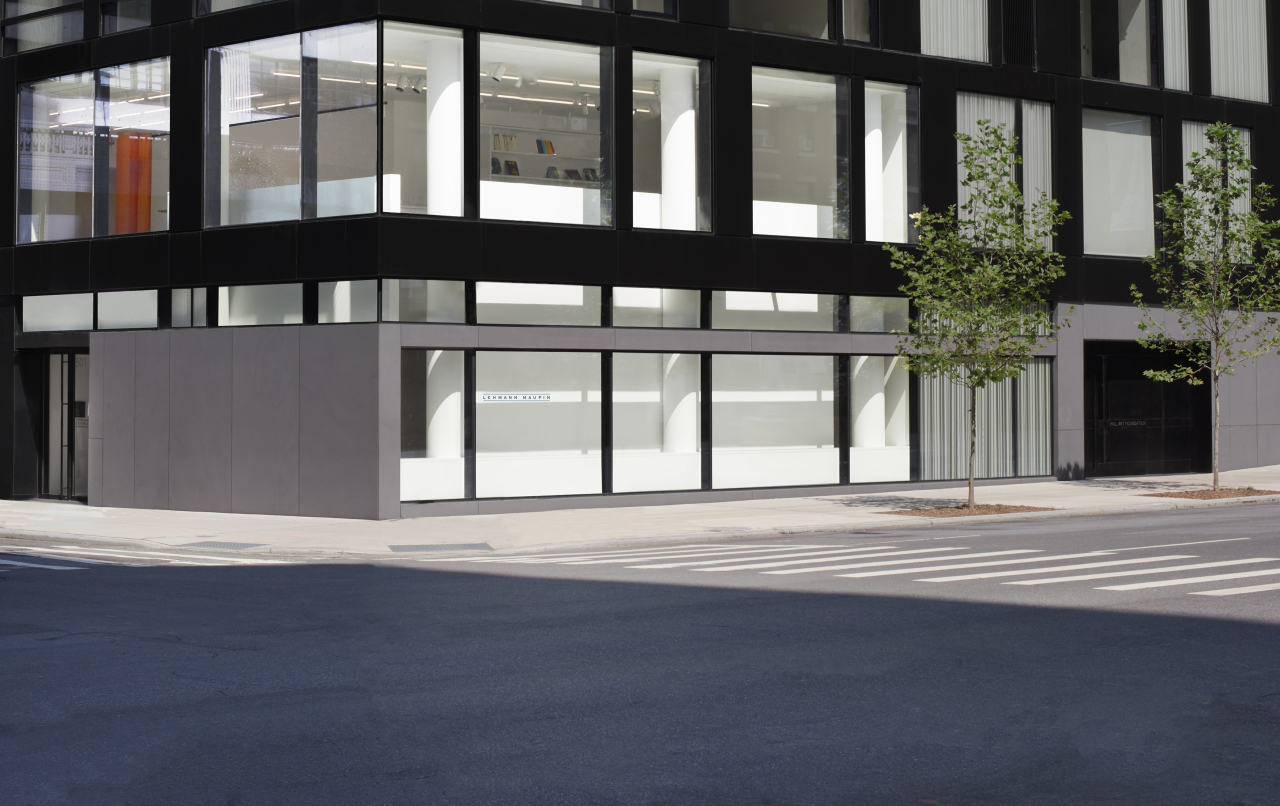 |
Lehmann Maupin Seoul in Hannam-dong located in Yongsan-gu, central Seoul (Lehmann Maupin, New York, Hong Kong, Seoul and London) |
The following is part of a series that explores international galleries that have opened in Seoul, a new art hub in Asia. --Ed.
Lehmann Maupin is one of the pioneers exploring the potential of the Korean art market from a global perspective. The 26-year-old gallery based in New York opened its Seoul venue in 2017 in Samcheong-dong in central Seoul, a cozy neighborhood located right next to Gyeongbokgung.
The gallery’s relationship with Korea dates back more than two decades when it started working with two top Korean artists -- Suh Do-ho and Lee Bul -- who are now internationally renowned.
“The core of Lehmann Maupin gallery is its artists. We identified Suh Do-ho almost 23 years ago and Lee Bul shortly after. This is the main reason we were attracted to the cultural arts scene of Seoul,” Rachel Lehmann, co-founder of Lehmann Maupin along with David Maupin, said in an email interview with The Korea Herald.
“Seoul has a spirit of cultural innovation and creativity that was always attractive to David and myself. In recent years, we have watched Seoul’s cultural prominence grow at a rapid pace,” she added.
The gallery also represents pioneering Korean painter Suh Se-ok (1929-2020), and is in discussions with two other Korean artists.
Earlier this month, the gallery moved its location to Hannam-dong in Yongsan-gu, central Seoul, a neighborhood that is rapidly becoming an art hub. The newly renovated 240-square-meter venue occupies two floors and is located near Storage Hyundai Card and the Leeum Museum of Art, with which the gallery has collaborated since it opened in Seoul five years ago. It also has an outdoor terrace that can be used to exhibit sculptures.
“As the city has grown in prominence both regionally and abroad, we believed it was critical to expand our exhibition space, allowing our artists to push the limits of their medium and our team to diversify the variety and scale of the exhibitions we mount,” Lehmann said.
The gallery is showing a solo exhibition by Los Angeles-based artist Lari Pittman in the new space. Named “Opaque, Translucent and Luminous,” it is the first Seoul showing for the artist, whose paintings reflect a fascination with human nature, construction of political histories and mythologies and sociocultural relationships, according to the gallery. The expanded gallery space and exhibition were unveiled to the public on March 15.
 |
An installation view of “Opaque, Translucent and Luminous,” the inaugural show at the newly expanded Lehmann Maupin Seoul (Park Yuna/The Korea Herald) |
As Seoul emerges as a key city in the global art scene, attracting international galleries to open or expand their venues in the city, Lehmann sees it as an opportunity to collaborate with other international industry players.
Lehmann said the gallery does not shy away from competition, noting that Lehmann Maupin is recognized for being a “gallery that breaks the mold.”
Lehmann Maupin was one of the first Western galleries to open a permanent space in Hong Kong in 2013, before opening in Seoul, and was the first to run seasonal spaces in Taipei, Taiwan, as well as Palm Beach, Florida, and Aspen, Colorado, in the US.
“A core strand of the gallery’s DNA is presenting artists in new geographies, with the aim of diversifying local art markets. We will continue to pursue this mission in Seoul, by introducing new artists to the city,” Lehmann said.
Among the potentials of the Korean art market are the collectors with whom the gallery has built trust and rapport over time, which the co-founder sees as “extremely important” in running a gallery.
“In general, Korean collectors enjoy learning about new artists and the trends in the international art market. They read galleries’ newsletters and closely watch the auction markets. They prefer to learn about the artist first. For me, they are very curious and serious at the same time,” she said. “Gaining someone’s trust takes time, but once the trust is built, there is traction and interest in the program. Most of our collectors come back after their initial acquisition.”
 |
Rachel Lehmann (Lehmann Maupin, New York, Hong Kong, Seoul and London, Jason Schmidt) |
On Frieze Seoul 2022, the global art fair’s first launch in Asia scheduled to open Sept. 2, Lehmann said the launch of the art fair in Seoul is a testament to the potential of South Korea as a growing art market and will help bolster the local art scene as well.
“Blue chip galleries have also opened outposts in Seoul, bringing in a mix of international artists to the local scene. Altogether, Korea has created in itself an ecosystem that thrives from the active participation of its different players,” she said.
Lehmann, however, expressed caution about the city’s fast emergence as an Asian art hub.
“My only concern is that the fair could distract attention away from the Korean galleries who are integral to the history of the local art market and narrative. I would hope that the fair is taking a considered approach in ensuring local voices are elevated and not drowned out,” she added.
For the time being, Lehmann Maupin will focus on the Korean art market and expects to take advantage of the gallery’s new “home base” in Seoul as it continues to explore opportunities brought by the metaverse.
The gallery recently launched CollectAR, a platform designed to present nonfungible tokens in augmented reality and immersive presentations of artworks.
“Over the next five years, I imagine we will look to open a more permanent space in mainland China and focus on growing the business in Southeast Asia where we have a network of loyal supporters already,” Lehmann said.
 |
Lehmann Maupin in New York (Lehmann Maupin, New York, Hong Kong, Seoul and London, Matthew Herrmann) |










![[Today’s K-pop] Blackpink’s Jennie, Lisa invited to Coachella as solo acts](http://res.heraldm.com/phpwas/restmb_idxmake.php?idx=644&simg=/content/image/2024/11/21/20241121050099_0.jpg)
